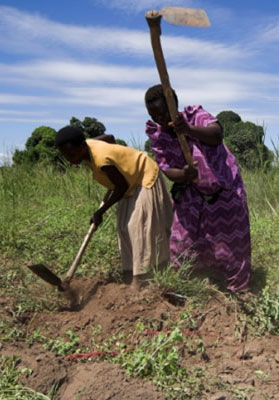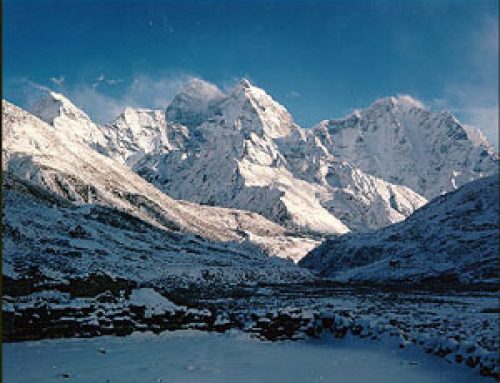
Soil types triangle
What is dirt made of?
All dirt is basically made of three different kinds of particles, as Aristotle and his student Theophrastus saw in the 300s BC. These are clay, sand, and loam. Clay is very fine, small inorganic particles. As Ibn Sina saw in the 800s AD, clay particles are worn down from older rocks. Sand is bigger, coarser particles, also from rock, often quartz or silica. Loam is organic particles (bits of dead plants). Geologists and archaeologists can describe any particular soil by naming where it lies in this triangle.
More about clay
What is quartz?
Who was Aristotle?
Who was Ibn Sina?
All our geology articles

Greek beaches are sandy and beautiful, and the water is warm!
What do we make from dirt?
The best soils for farming have a lot of loam in them; they fall near the top of the triangle, like the blue spot. Down where the purple spot is, that would be good clay for making pottery. Over by the green dot, that’s sand that you can melt down into glass. Pottery and glass are both ways of using heat to make the little particles melt together into rocks again. They are artificial rocks. The orange dot marks a good soil with a lot of loam in it, where you can grow plants for food and clothing, but it does have a lot of clay in it, and that makes it heavy and hard to plow.
History of pottery
Who invented glass?
Farming and plows

Women hoeing fields (Uganda)
Different soils in different places
In those heavy soils, you need animals to pull the plow. A lot of northern European soils are like that, and also the soil in river valleys like the Nile. The yellow dot marks soils that are more typically Mediterranean: a mixture of loam and sand, with only a little clay, light enough to plow by hand.
Learn by doing: check out the dirt in your yard or a park. Is it sandy? Clay? Loam?
More about geology and rocks
Bibliography and further reading about soil types in archaeology:
Archaeology : Uncovering the Mysteries of Our Past, by Richard Panchyk (2001). With twenty-five projects, like counting tree rings, and serializing cars from photographs. Includes a project on soil types.




